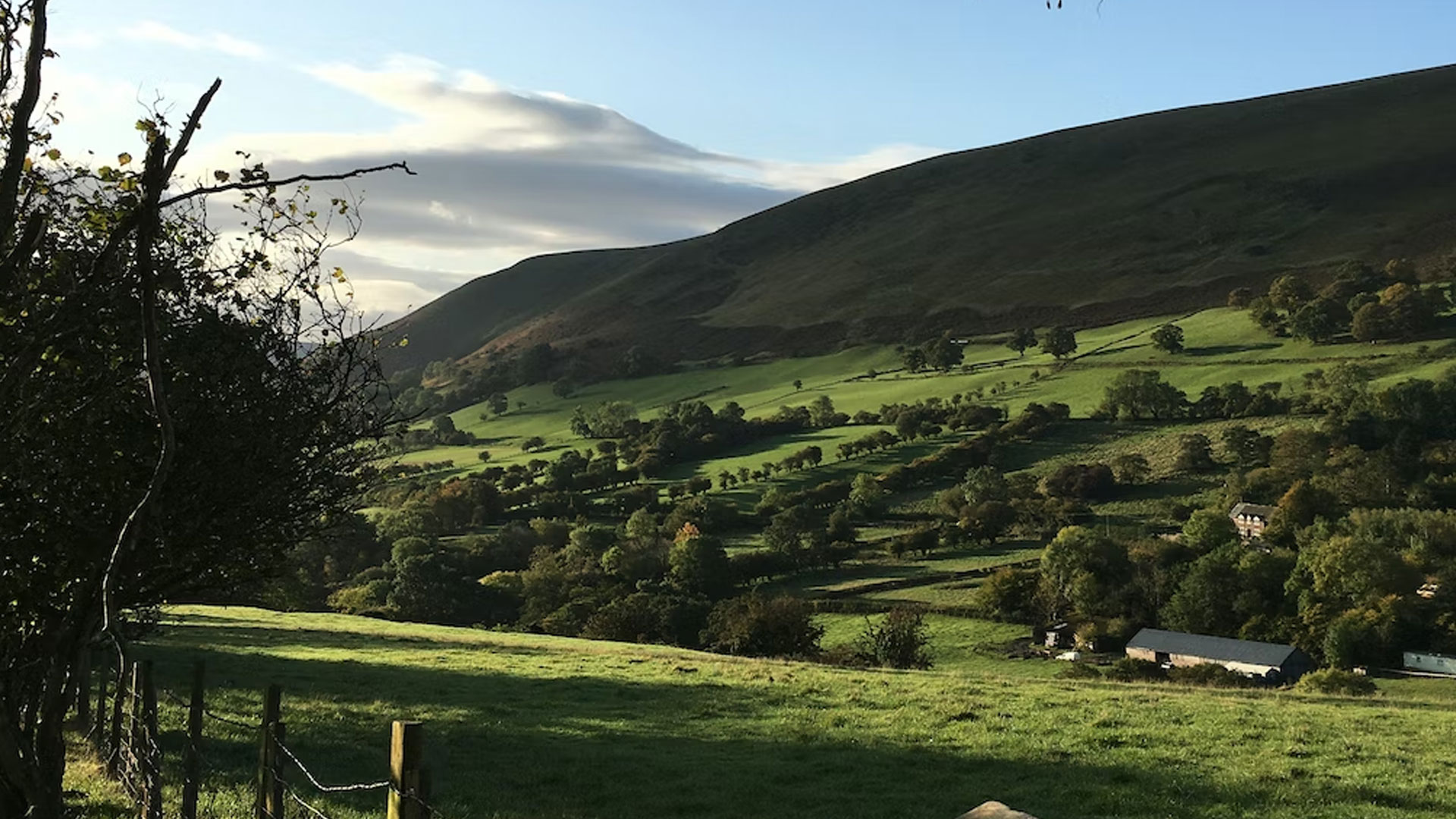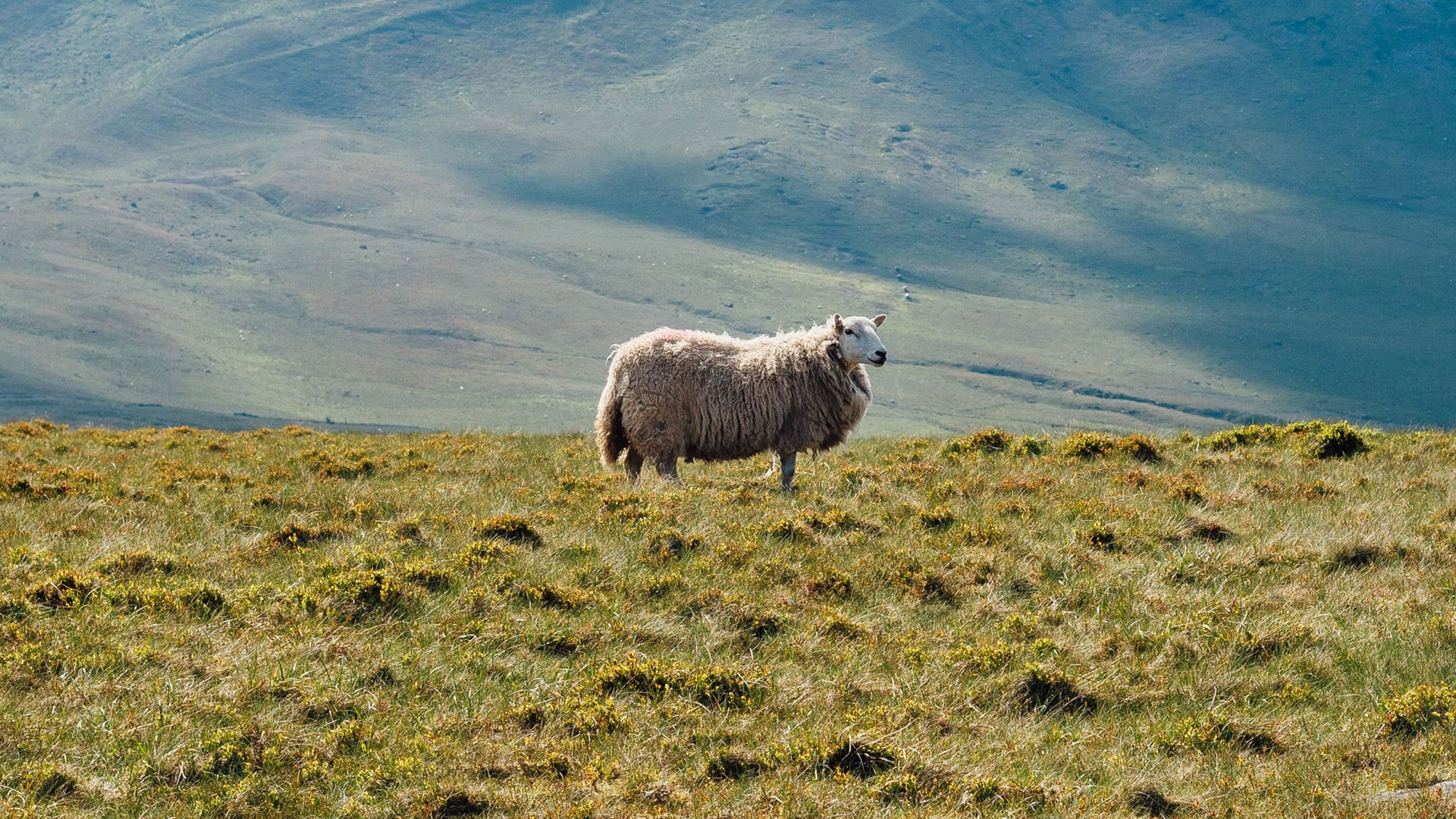Black Mountains Land Use Partnership
Phil Stocker – Chair of the Black Mountains Land Use Partnership
The partnership was established through the Welsh Government’s nature fund in 2015. The partnership promotes the restoration and sustainable management of the Black Mountains’ natural resources and habitats and is a forum for discussion and collaboration on the current and future management, sustainability and conservation of the Black Mountains’.
The partnership aims to improve the quality of farming and environmental habitats, promote a sustainable and responsible visitation ethos, protect and conserve its natural capital such as water and soil, wildlife and biodiversity, and improve the well-being and economic resilience of those who live and work in this iconic area.
Black Mountains Land Use Partnership consists of graziers who live, work and manage livestock on the Black Mountains. We work in partnership with major landowners in the area, such as the Glanusk Estate; Tregoyd estate, and Bal Mawr/Bal Bach to name a few. Regulatory bodies including Bannau Brycheiniog National Park, Welsh Water, Natural Resources Wales and Young Farmers Club are also present, alongside representation from our local community.
The Partnership and its area is primarily focused on the upland areas to the North and East of Crickhowell, up to and including Hay-on-Wye, and to the west of Craswall and Longtown. The area covers 24,600 Ha, with approximately a third of this being a designated Site of Special Scientific Interest.
Our objectives
- To improve the quality of habitats including heather regeneration.
- To increase the area and quality of grazing land.
- To control erosion on strategic sites.
- To stabilise peat resources.
- To provide a source of materials to be used for restoration works in eroded peat/mineral soil areas to improve bog conditions.
- To improve access at strategic locations particularly around turnout points to increase ease of turning out stock on the hill and improve the visitor experience.
- To provide climate change adaptation and mitigation actions that improve and enhance ecosystems connectivity, biodiversity, and wildlife.
- To promote understanding and awareness of traditional and contemporary grazing, conservation works, and other upland management practices used on the hill and the skills that these require.
- To promote and support the well-being and economic resilience of those who live and work in the area and encourage safe and sustainable visits to it.
- To protect and nurture the cultural heritage of the area.
- To collect, record, collate, and share data and evidence pertaining to the sustainable management of the Black Mountains.

The role of the Partnership
- To raise awareness of and champion the sustainable management of the Black Mountains.
- To foster good communication between interests for the sake of coordinating activity in pursuit of the Partnership’s purpose.
- To work together on and, if appropriate, shape funding proposals for priorities identified by the Partnership.
- To seek funding for projects which further Partnership objectives.
- To lead the implementation of funded schemes in furtherance of Partnership objectives.
- To monitor the effectiveness of such schemes and evaluate their impact.
The Partnership is very much action-orientated and innovative in our approach. We have had significant success since our inception – implementing land management improvements (rewetting and revegetating 60 Ha of Peatland; restoring 1500 meters of footpaths and bridleways and bracken management over 400Ha) in delivering skills development (investing over £45,000 in rural skills training, engaging over 500 schoolchildren) and promoting safe sustainable visitation to the area (creating a range of ambassador schemes, publishing a guide book and online resources). However, there is still much to do. Y Bannau: The Future provides an overarching framework, well aligned with our own priorities in which to progress further in the future.





